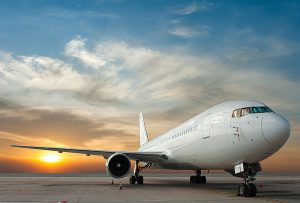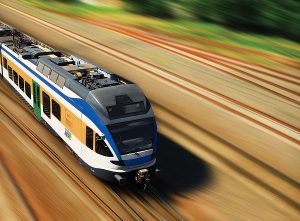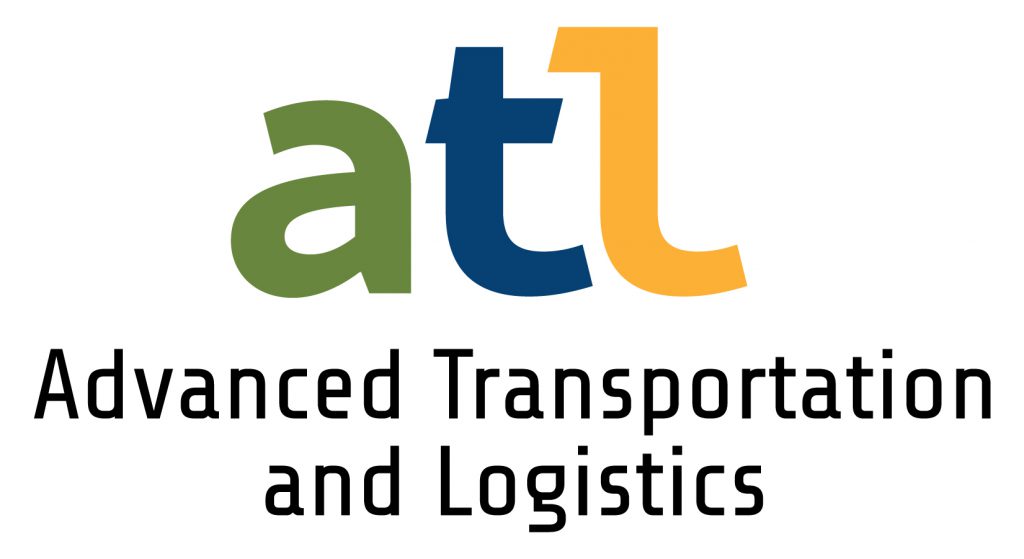Almost Nothing Built or Grown in California can Reach a Marketplace without Transport of Some Kind.
People use transportation to get to work, school, medical appointments, shopping, recreation, places of worship, and home again. California’s Advanced Transportation sector is already generating more than 47,000 to 65,000 jobs and continues to show signs of growth.
 Aeronautics/Aviation
Aeronautics/Aviation
Aerospace and general aviation continue to be very important industries in California, particularly in terms of civilian, military and general aviation related aircraft global exports. Many California Community Colleges have been certified by the Federal Aviation Administration to train students for professional aviation jobs and prepare them to achieve FAA license certifications. Students train with state-of-the-art equipment in upgraded facilities which help ensure success working for airlines or independent companies. Program instructors have many years of real-world aviation experience and a passion for teaching students the skills that will help them excel in their career of choice.
 Motorcycle Maintenance
Motorcycle Maintenance
Motorcycles, particularly electric motorcycles, will continue to be a small growth industry in selected regions of the state. There are a number of emerging technology and regulatory issues as well as emissions standards and equipment requirements that will affect most motorcycle related workforce training. The expected increase in the number of street and racing motorcycles and bikes with automatic transmissions and auto-clutches will require mechanics with more advanced skills to maintain. Colleges offering motorcycle repair programs prepare new students and industry professionals who want to upgrade their skills to maintain, repair and diagnose electrical and fuel induction systems. Proficiency in tune-up overhaul procedures and basic shop practices are also taught.
 Railroad Operations and Light Rail Maintenance
Railroad Operations and Light Rail Maintenance
There are more than 500 companies that make up the United States Railroad industry, providing the country’s freight and passenger transportation service. Railroads employ a substantial workforce to service, maintain, and manage this extensive transportation network. In addition, the Air Resources Board has a number of alternative locomotive technologies under consideration that would help California on the way to meeting the 2031 state and federal standards. Most will require new advanced technologies, equipment for after emission treatments, new fuels and low carbon alternatives or replacement of older locomotives with new ones. Community college railroad operations programs prepare students to operate and maintain trains and railroad equipment, including light rail, heavy rail, passenger rail and freight rail.


